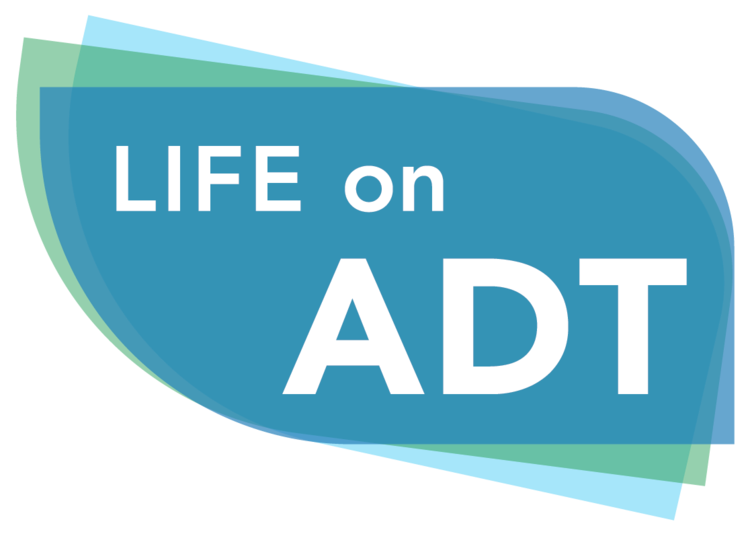This will be a short blog entry. That’s because the main story is told in the title of the paper by Houben et al. cited below.
That paper focuses on 78 patients on ADT who participated in a 20-week supervised resistance exercise training program. The program worked in that the patients had more muscle mass and more strength at the end of 20 weeks compared to when they started in the program.
The researchers, however, also looked at whether the benefit of the exercise was retained one year after it started. That was more than a half year after the research program had ended and the men were on their own. The authors are very honest about the fact that the benefits of exercise at 20 weeks were largely NOT sustained when the patients were re-assessed at the one-year mark.
When we pair that paper with the other paper listed below (i.e., Western et al. 2024), we get some insights into factors that lead to cancer patients not staying with exercise even after they have started it. Western et al. looked at dropout rates during exercise research studies while still underway. It is important to note that that the Western et al. study was not specific to prostate cancer. The majority of participants were in fact women with breast cancer. However, it was a large study with over 300 participants treated for male genitourinary cancers, which would have been predominantly prostate cancer.
Of those 300+ participants, just over 10% dropped out.
Being overweight or obese was the major correlated to men dropping out of the study. They were also more likely to drop out if part of the exercise program was not strictly supervised. Lastly, individuals with a low to medium level of education were more likely to drop out than individuals with higher levels of education.
The author conclude that more effort needs to be taken to retain cancer patients in exercise programs, who fit the profile outlined above whether in a formal research study or on their own. To that we add that patients are more likely to stay with exercise if they start early…and preferrable before they are challenged by the side effects of their cancer treatments. That surely fits for patients treated with ADT.
References:
Western B, Ivarsson A, Vistad I, Demmelmaier I, Aaronson NK, Radcliffe G, … & Buffart LM. Dropout from exercise trials among cancer survivors-An individual patient data meta-analysis from the POLARIS study. Scand J Med Sci Sports. 2024 Feb;34(2):e14575. doi: 10.1111/sms.14575. PMID: 38339809.
Houben, L. H., Overkamp, M., Senden, J. M., van Roermund, J. G., de Vries, P., de Laet, K., ... & Beijer, S. (2024). Benefits of resistance training are not preserved after cessation of supervised training in prostate cancer patients on androgen deprivation therapy. European Journal of Sport Science, 24(1), 116-126.
